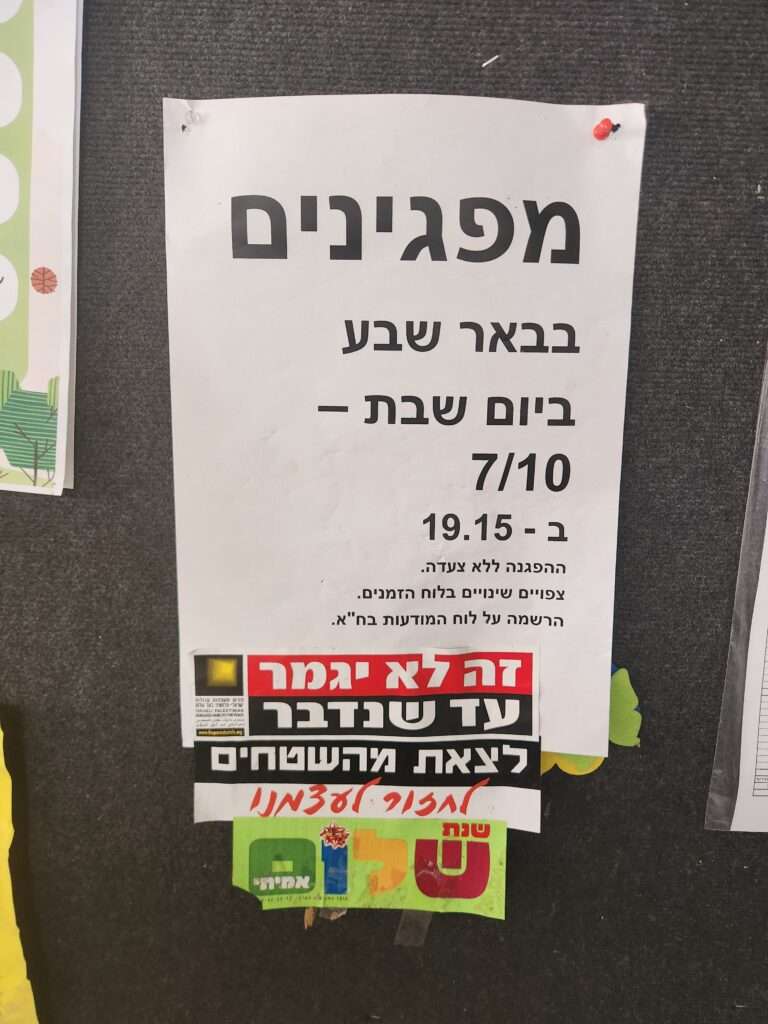[This is the eighth post in my series on my mission to Israel. You can read Parts I, II, III, IV, V, VI, and VII.]
The concept of an Israeli Kibbutz is likely foreign to most readers. Historically at least, these collective farms were operated according to the principles of socialism. Everyone worked according to their abilities on the farm. And everyone received food and shelter according to their needs. Now is neither the time nor the place to discuss the economic viability of these models. Needless to say, Kibbutzim (the plural of Kibbutz) became an important aspect of the Israeli pioneer culture before and after independence.
During our mission to Israel, we visited Kibbutz Nir Oz in the south of Israel about one mile from the Gaza Border. On October 7, about 25% of the four-hundred residents of Nir Oz were either killed or abducted. The Kibbutz is currently unoccupied. It looked like a ghost town. Everywhere you looked, there were burned-out buildings, shattered glass, and bullet holes. I visited the kibbutz shortly after I visited Yad Vashem, the Holocaust museum. The horrific sights made me think of the Holocaust, but it was still fresh and raw.
Our guide that day was Sharon Lifschitz. She grew up on that Kibbutz with her parents, Oded and Yocheved. On October 7, her eighty-five year old father and eighty-three year old mother were taken hostage and brought to Gaza. Her mother, Yocheved, was freed in late October, but her father is still held in captivity.
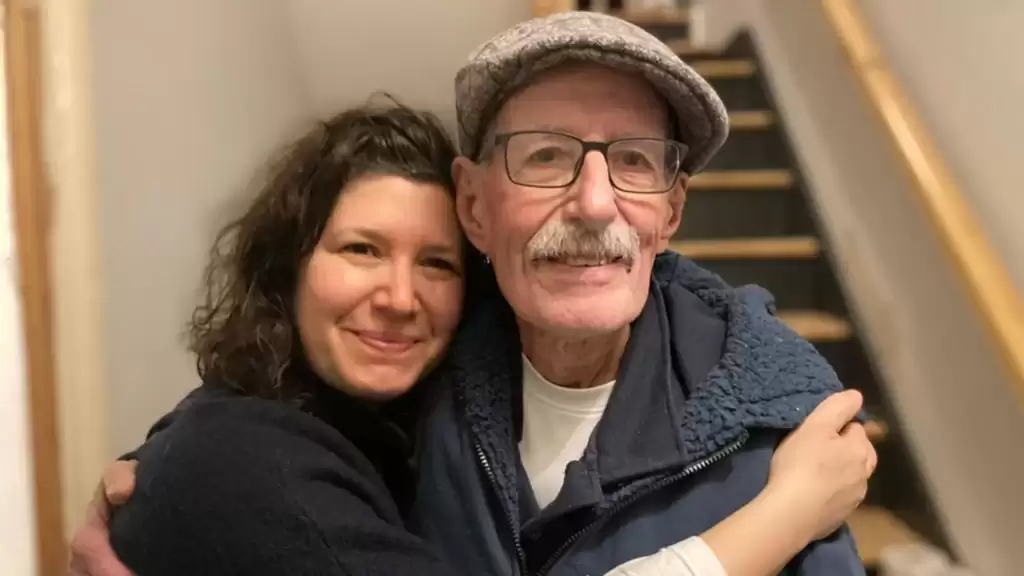
As readers may infer, people who lived on Kibutzim were not right-wingers. They were very much left-wing, and had great sympathy for the situation of the Palestinians. Indeed, Oded Lifschitz spoke fluent Arabic. He had many friends in Gaza. He was a peace activist who opposed the settlements. He would regularly drive to the Gaza border in a Kibbutz vehicle (no kibbutz member owned a car) and would take sick Palestinians to a hospital in Jerusalem. The Kibbutz employed workers from Gaza, and ensured they would be paid wages. These were the last people in the world who deserved to be murdered, raped, kidnapped, and held hostage. Indeed, there is some evidence that the workers on the kibbutz provided Hamas with intelligence of where to attack and what the vulnerable locations would be. Still, Sharon did not blame the workers. She said they likely faced threats to their own families and did what they had to do. These people are far more magnanimous than I could have imagined.
I asked Sharon where she finds the strength to go on, knowing that her father is held only a few kilometers away. She said that people must go on. There is trauma, but no time to mourn. Unlike September 11, 2001, where the tragedy ended fairly quickly, this pain is ongoing. Sharon hoped her father was able to get along well with his captors, and he was being treated humanely. But there is no way to know for sure. The uncertainty is the pain. Sharon repeated over and over again that there is no reason to hold an eighty-five year old hostage. He should be released on humanitarian grounds. But these savages are not humanitarians.
This post will walk through the trip to the Kibbutz, largely chronologically. I was able to document this trip with photographs. The descriptions are as accurate as I can recall.
The Entry
It is difficult to visualize how close Kibbutz Nir Oz is to the Gaza Strip. As we drove south from Jerusalem, I kept checking Google Maps to see where we were. And we kept getting closer and closer to the Gaza Strip. I was a few kilometers from one of the most dangerous places on earth. Ironically enough, the South of Israel is generally safer than the North, since it is out of range of missiles from Lebanon or Syria.

We pulled up to the gate of the Kibbutz. I am not certain if this gate was installed in the wake of October 7, but it looked heavily fortified. I saw surveillance footage from another kibbutz's gate. On October 7, a terrorist hid in the bushes as a resident used his ID to open the gate. Once the gate was open, the terrorists shot the driver and drove into the kibbutz. Carnage was unleashed.
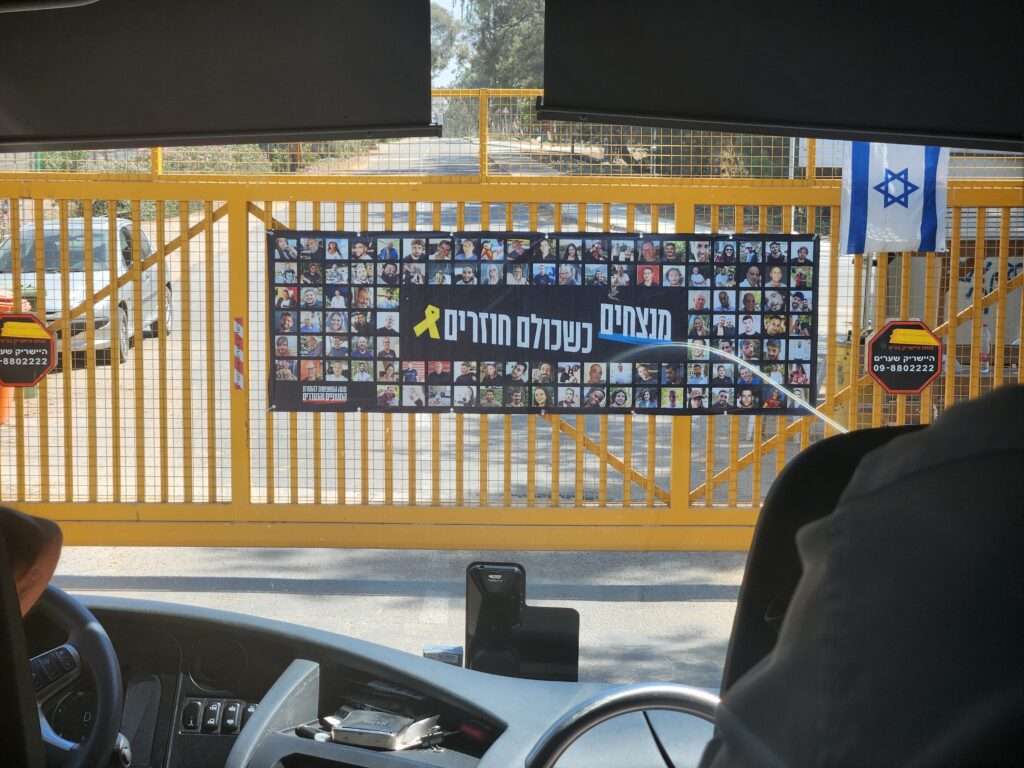
The first stop on our tour was the community center. Sharon pointed to the photographs of the people who were held hostage and abducted. She explained that several of the people taken from the community where Thai workers. This was not about Jews, she told us.
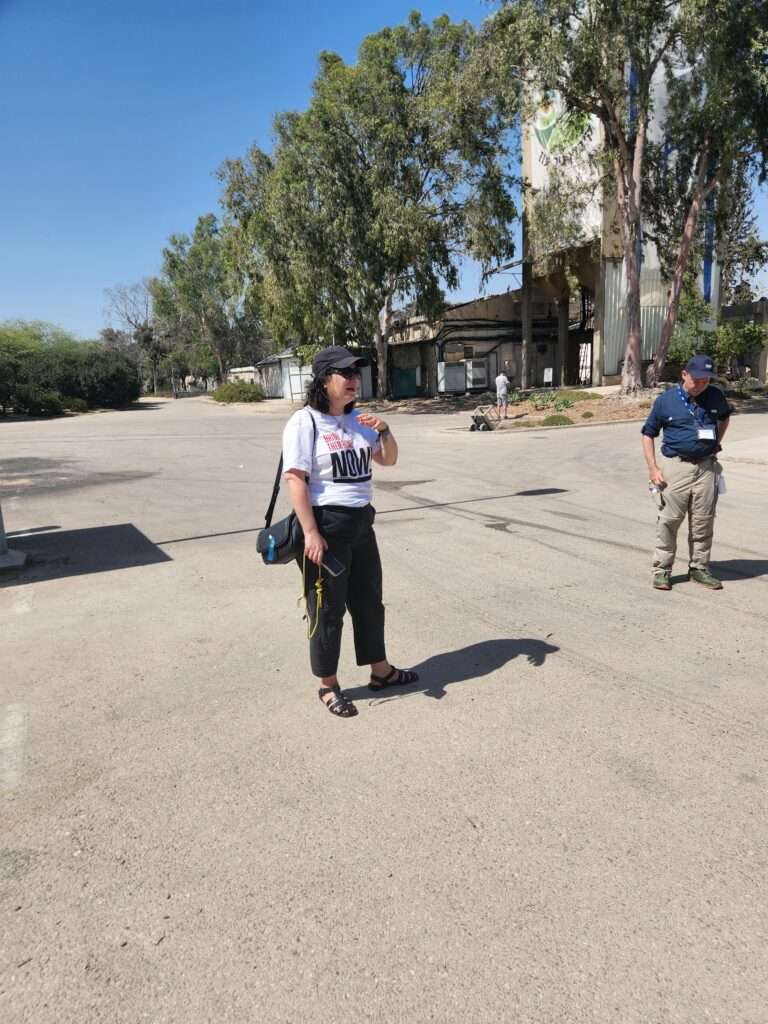
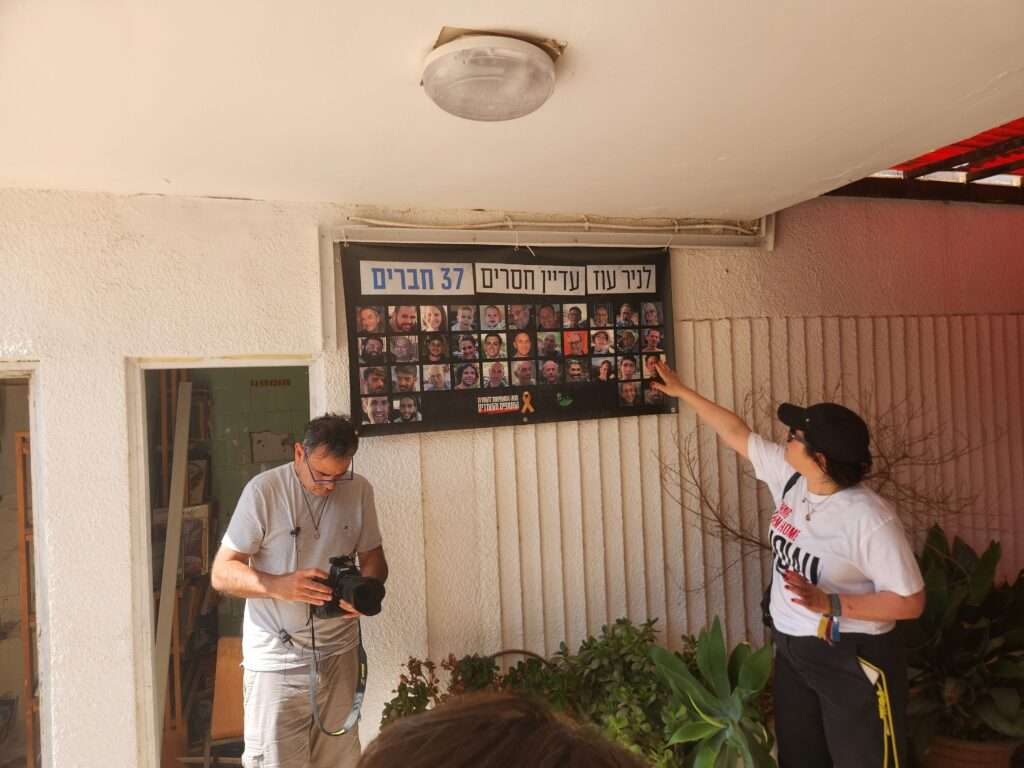
The Dining Hall Door
The terrorists arrived at the dining hall fairly early in the morning. At the time, no one was inside. Yet they fired several bullets through the glass window. You could actually trace the path of the shattered glass from one window to another. As you walked into the digning hall, there was still broken glass all over the floor. It was never cleaned up. This crime scene has remained in the same eerie state for nearly a year.


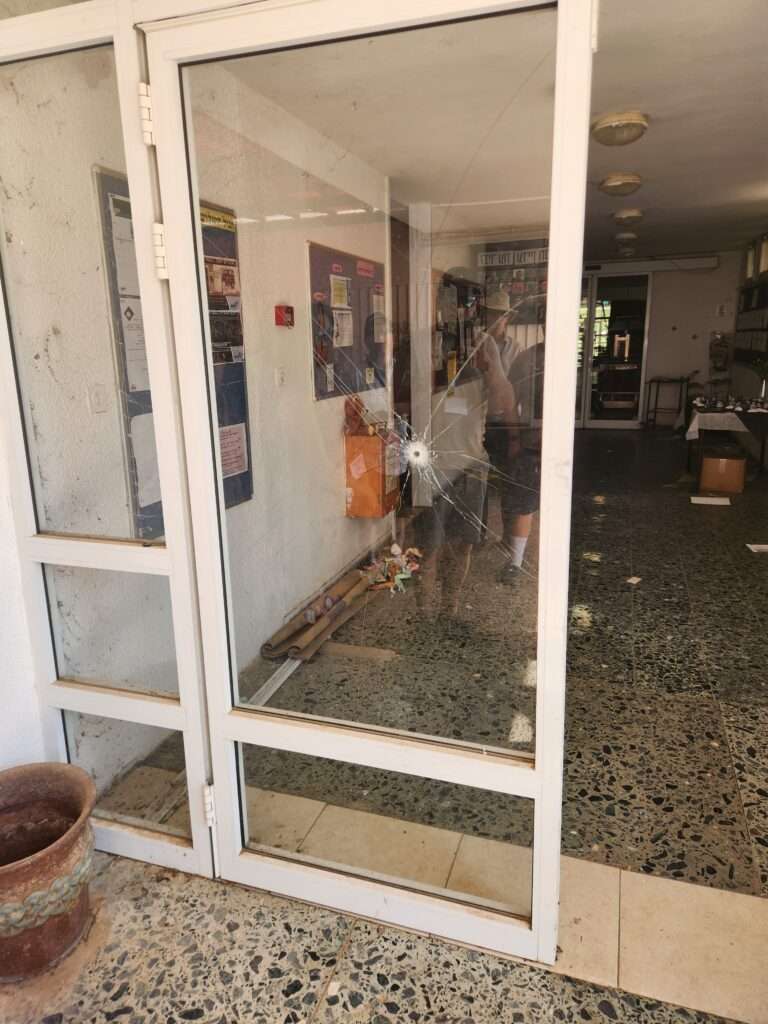
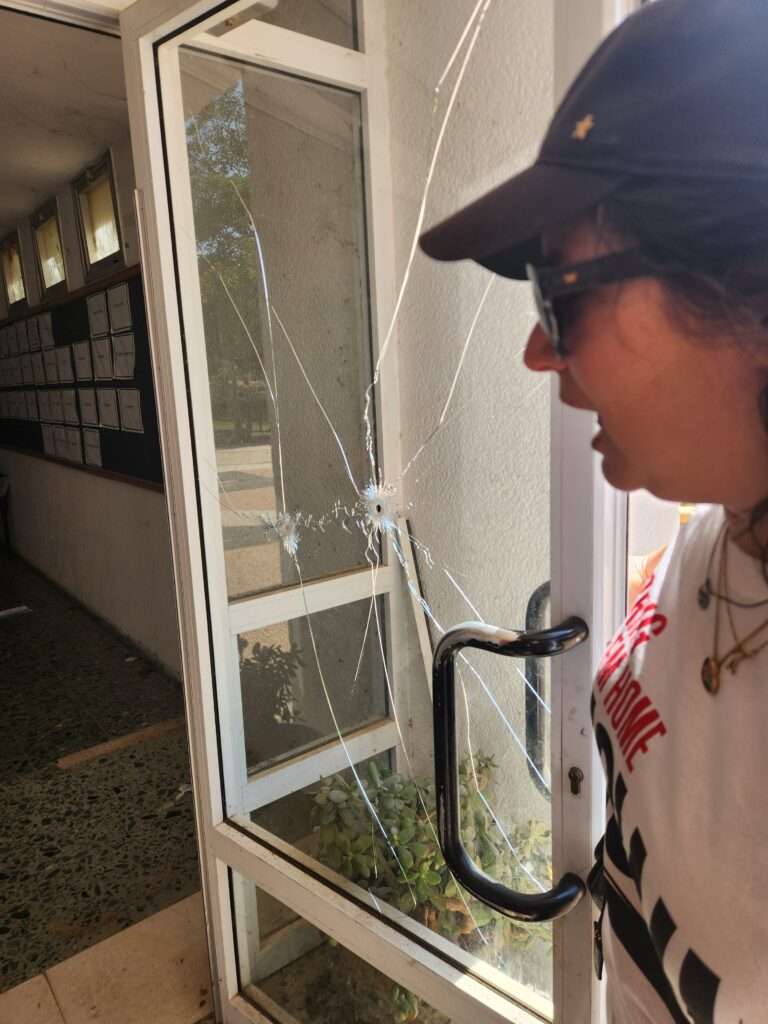
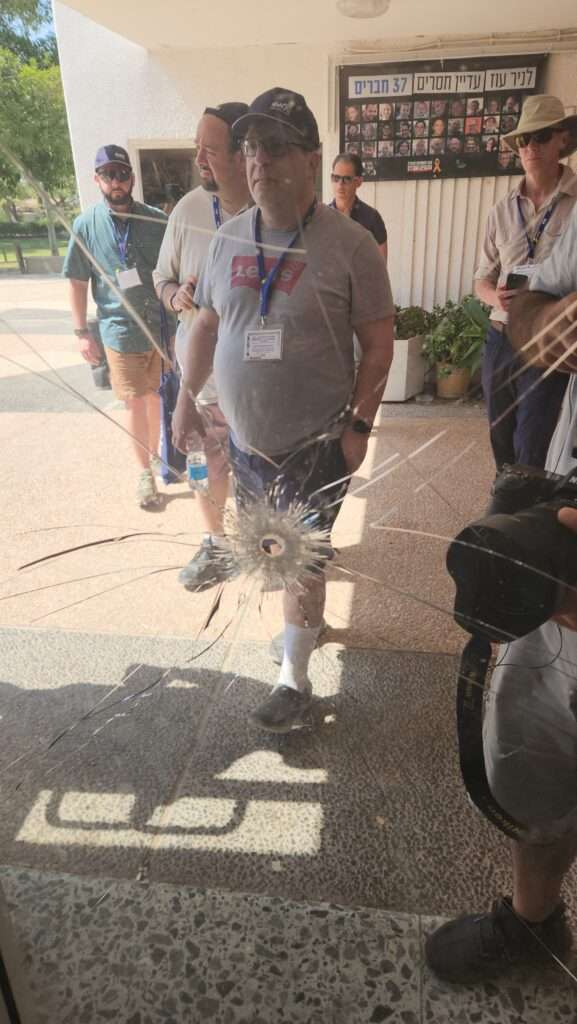
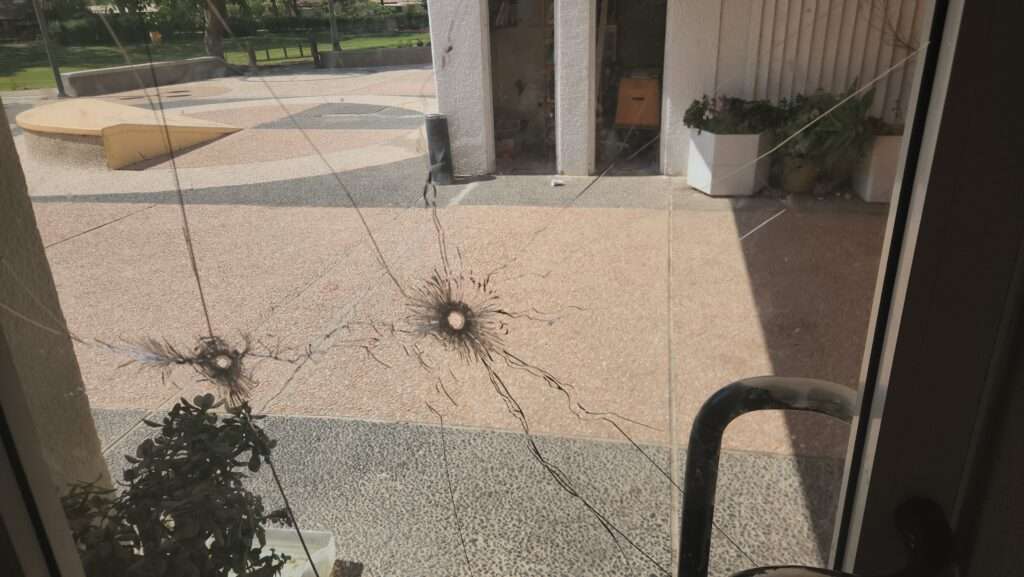
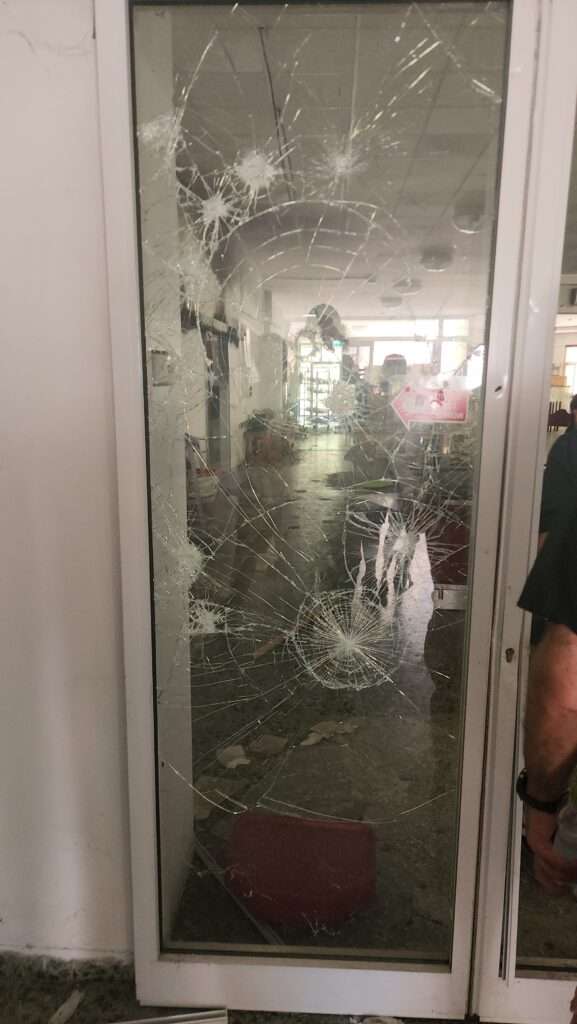

Mailbox
The community center also had the mailboxes for the residents. Many of them still had unopened envelopes that likely will never be retrieved.
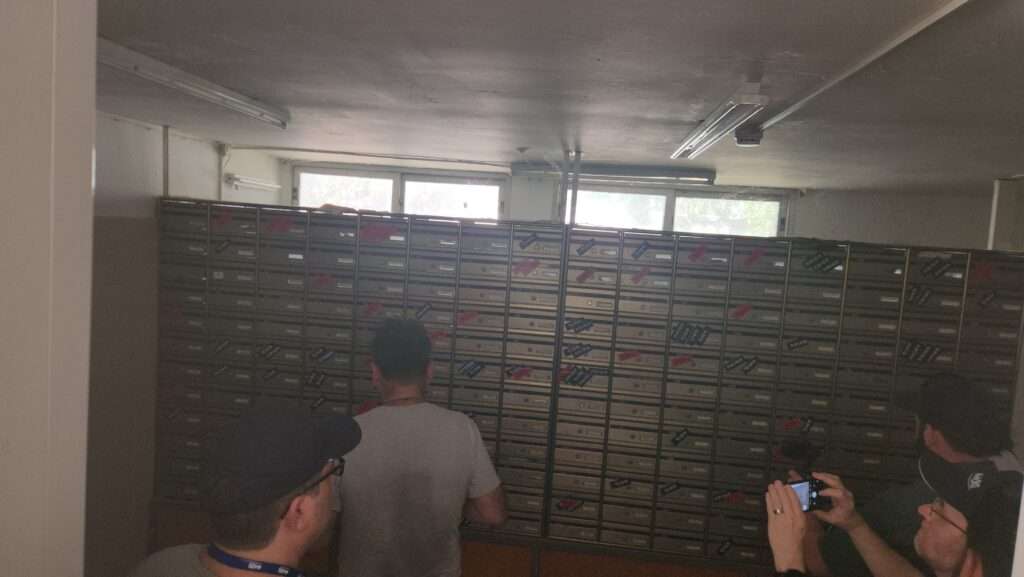
On a bulletin board was a flyer for a protest the evening of October 7 in Be'er Sheva. The sign roughly translates to there will be a demonstration without a march. I couldn't quite tell if this was a poster opposing the Judicial Reforms, or if it was opposing the Settlements. Either way, to reiterate a point above, these were people who were opposed to the current government, and went to great lengths to promote peace.
The Dining Room
The dining room had the stench of death. The refrigerators were used to store dead bodies until they could be buried. The tables were still set for breakfast that day. It was exactly in the same state as it was on October 7.
Two baby seats were placed to remember the Kfir and Ariel Bibas, who were taken hostage when they were nine months and four years, respectively.
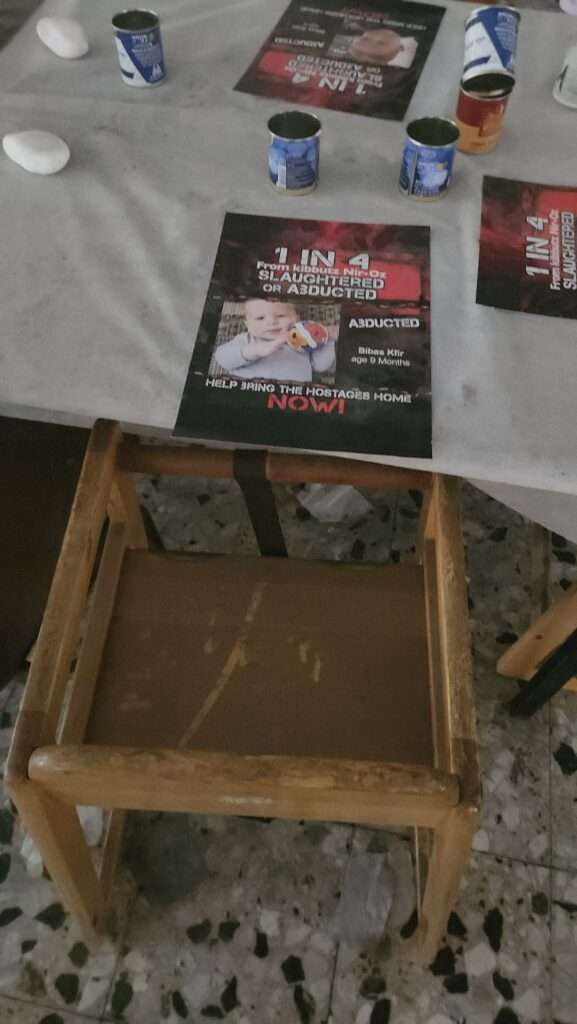
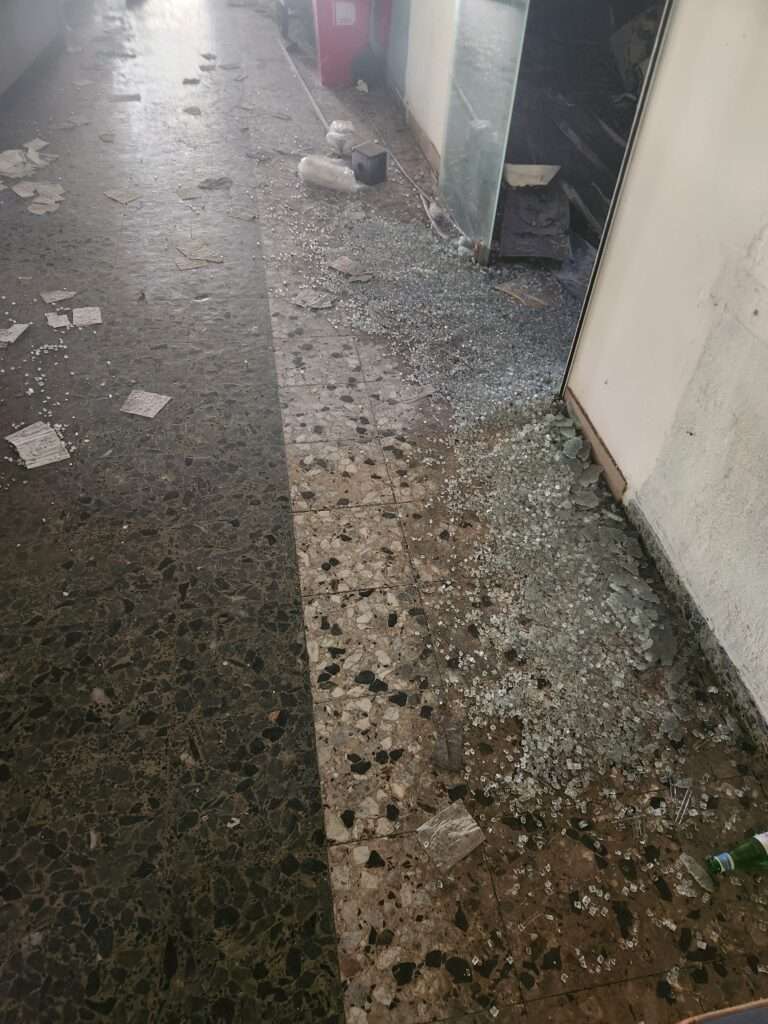
The smell of burning reminded me of September 11. Even in Staten Island, on September 12, I could smell the burning of metal from across the river.
Destruction
The Hamas terrorists did not simply murder people. They burned homes to the ground. They brought accelerant with them to inflict the most pain and suffering in as little time as possible.
These houses were burned to the frames. Electronic devices melted. The smell of death will never leave me.
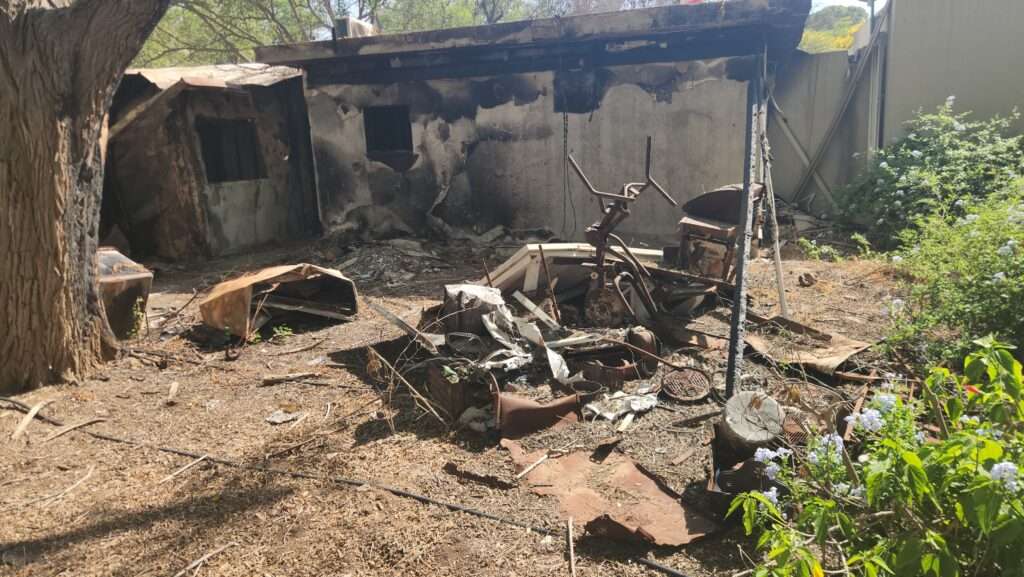
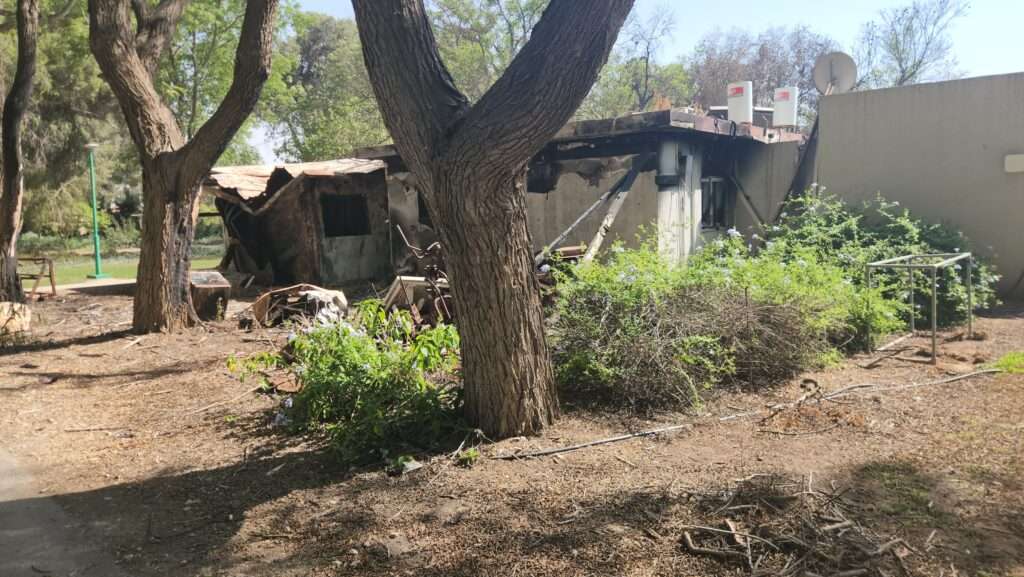
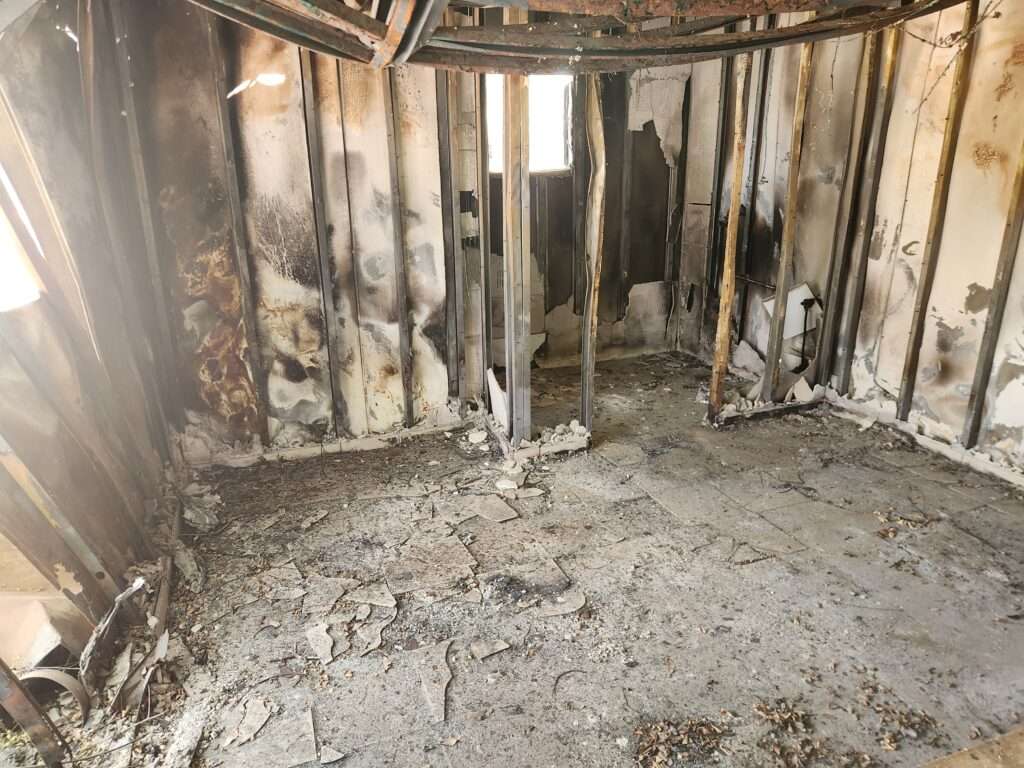
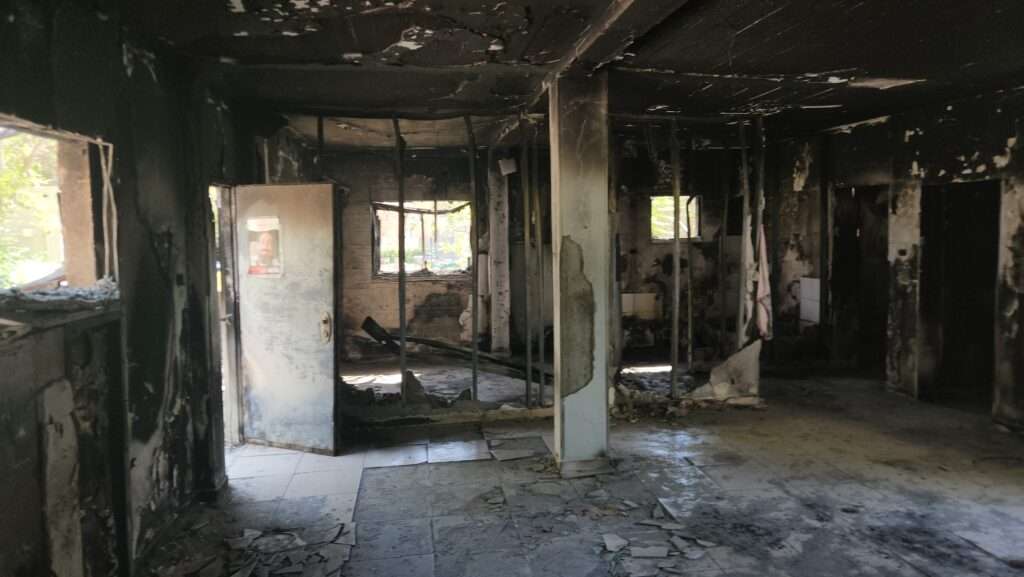
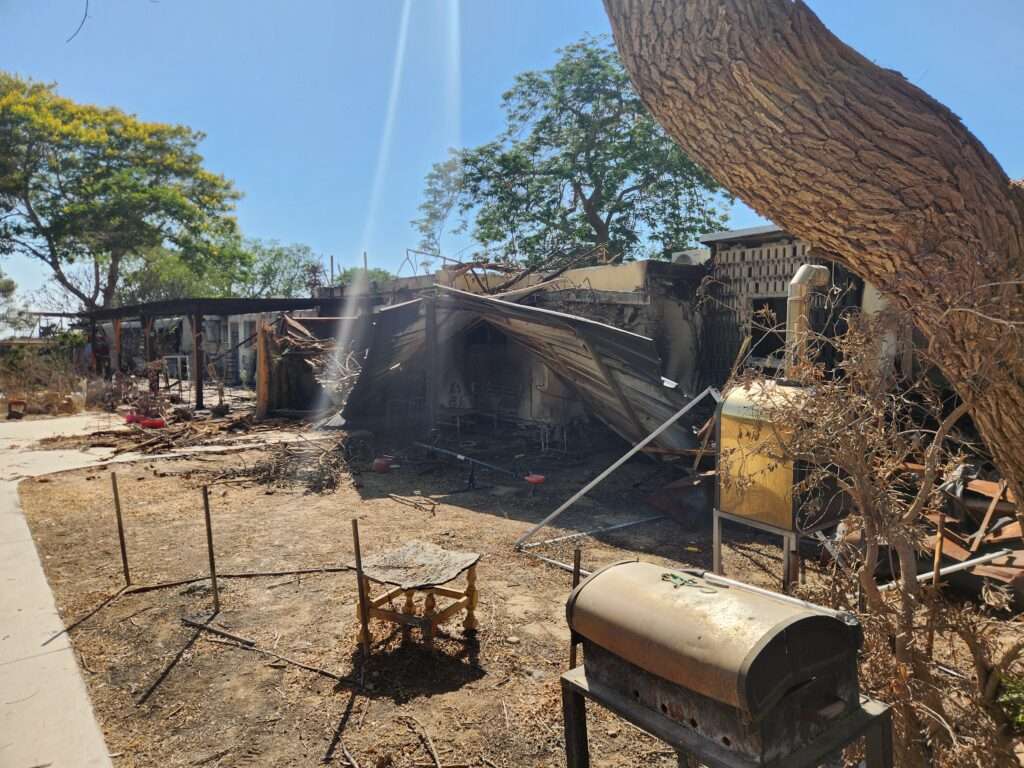
I found this stray cat walking around. There were at least some signs of life in this graveyard.
Kid's Room
October 7 was a Saturday and the holiday of Simchat Torah. The terrorists at Kibbutz Nir Oz first went to the children's school. There, they murdered the teacher who was preparing for the children to return. Fortunately, the children were not at the school at the time.
But children were murdered throughout the kibbutz.
I found one home with a kid's room. On the wall was a chart used to measure how tall the kid grew. I have something very similar in my home. No future markings will be made on this graph.
There were bunk beds that were not made. It looked like a kid had just jumped out of it. There were books hidden under the blankets. There were board games, including Monopoly in Hebrew. There were toys. There was everything that would make a young kid happy in that room. But now it is only a place of mourning.
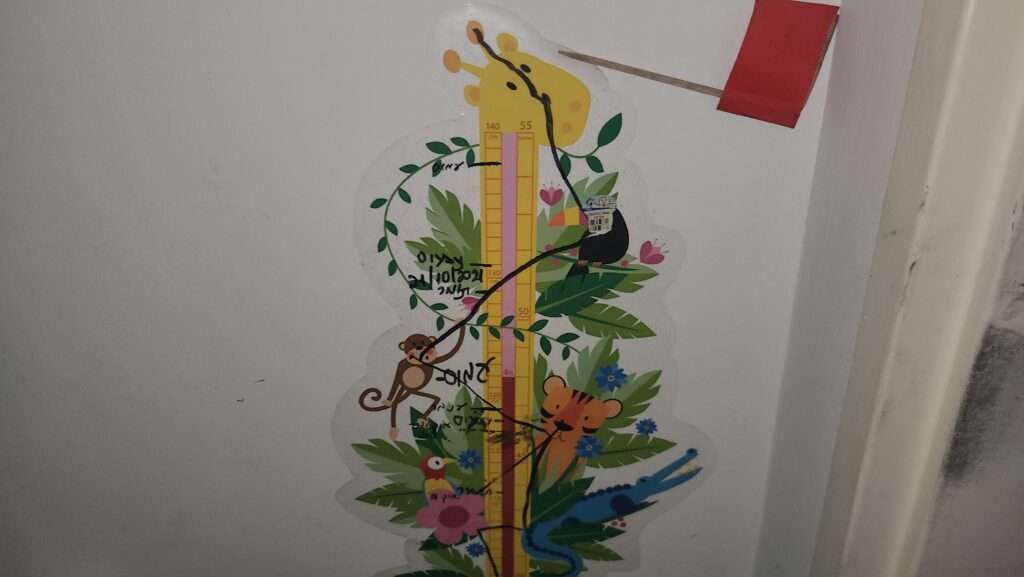
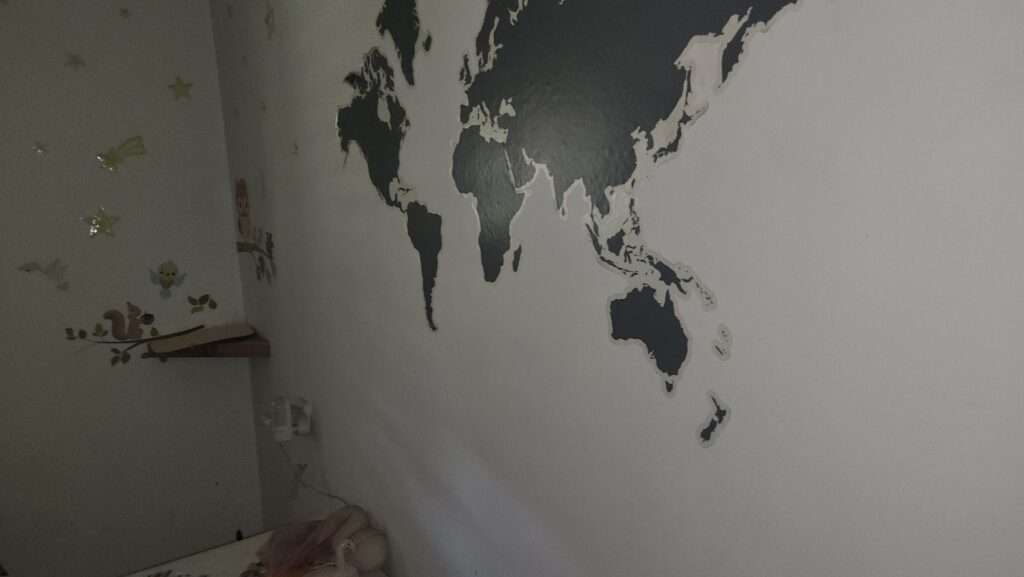
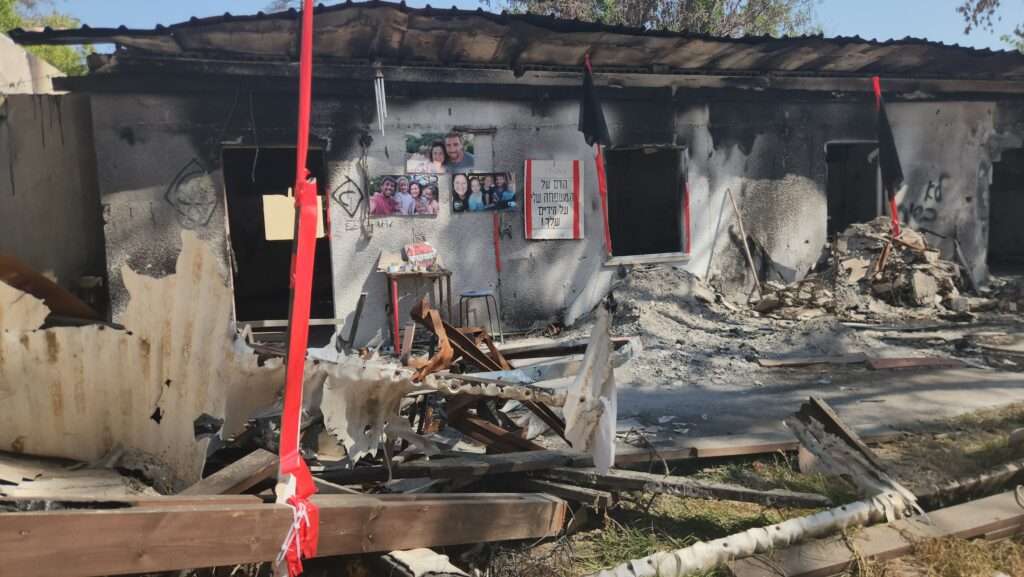
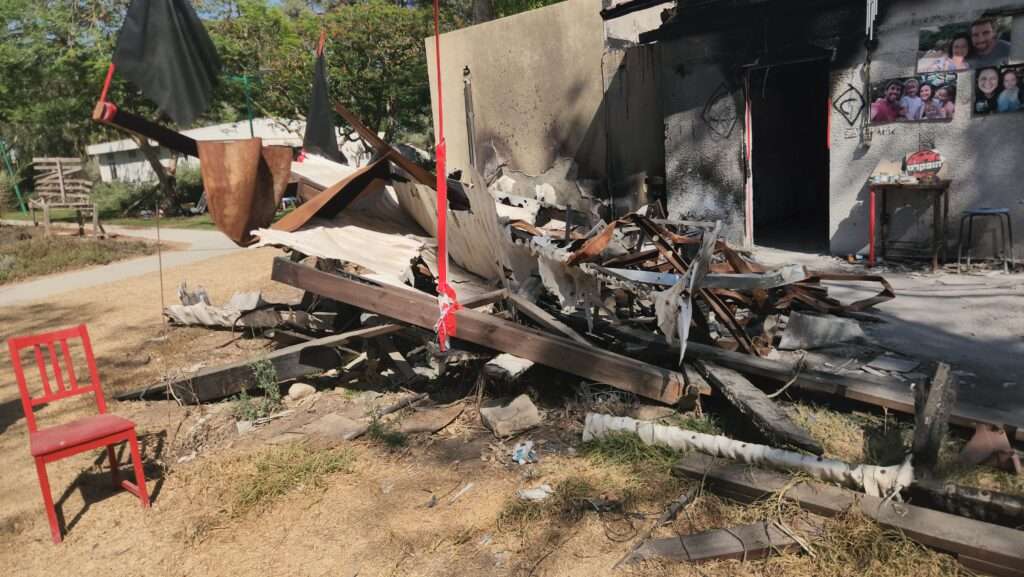
Outside one house was a pink bicycle. It will never be used again.
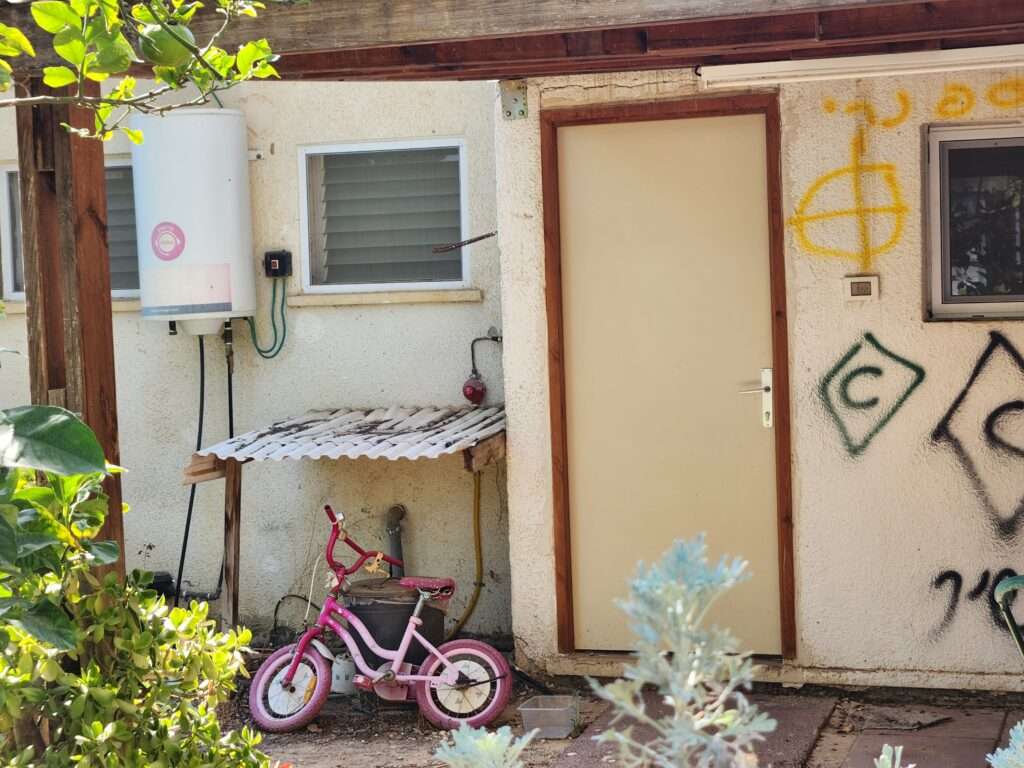
The Lifshitz Home
Sharon showed us her parents' home. She recognized that her father was only a few kilometers away. Sharon described the tragedy that befell another parent–an actual Sophie's Choice. The mother and her children were being taken hostage. In a split second, she had a choice of whether she could save her daughters or save her sons. She chose her daughters. I can't even fathom what that mother has to live with.

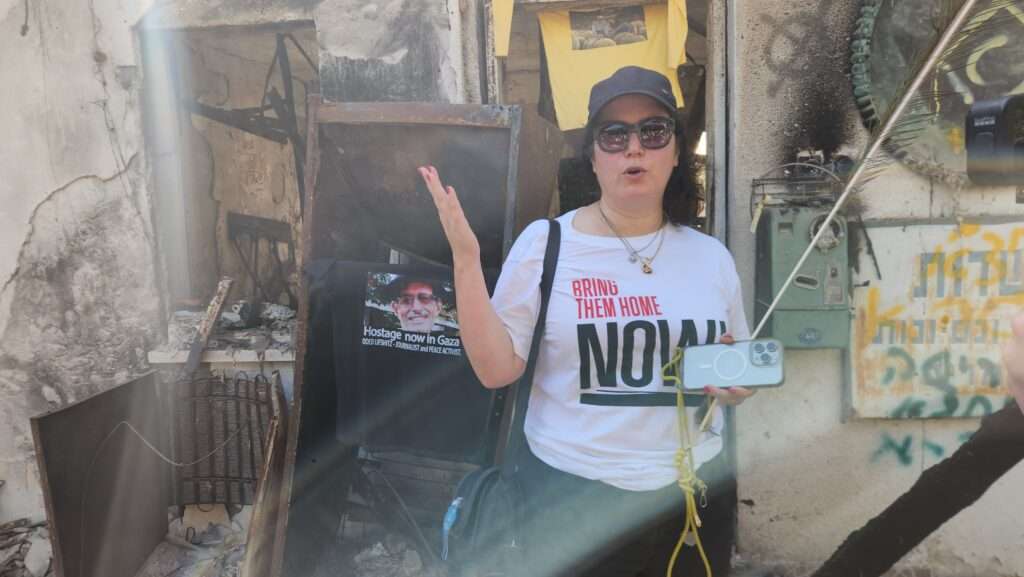
This is a poster for Oded Lifshitz outside his burned-down home.

Some of the elderly in the kibbutz were completely disabled, and could not walk. They burned alive in their beds.
This is a video from inside the Lifshitz home.

Gaza
On the kibbutz, there was an elevated lookout platform. In the distance, we could see Gaza. Seeing this sight brought such a range of emotions. Unlike the barbarous savages on October 7 who gleefully murdered, tortured, and raped innocent civilians, we did not take any joy in the loss of Palestinian life. But we also recognized what October 7 means, and why the government was taking the actions it was taking. And, at the same time, we knew that Oded Lifshitz, the Bibas Brothers, and so many others were held hostage a stone's throw away. The situation is so complex. I don't think any media account or student encampment can even come close to describing the situation there.
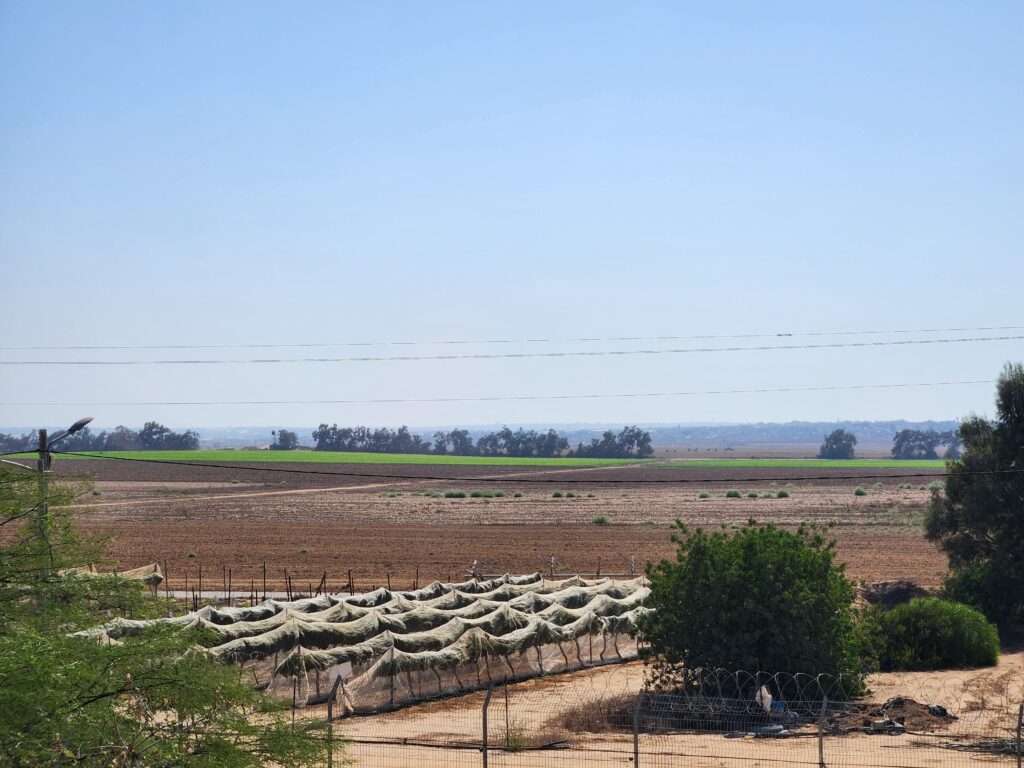
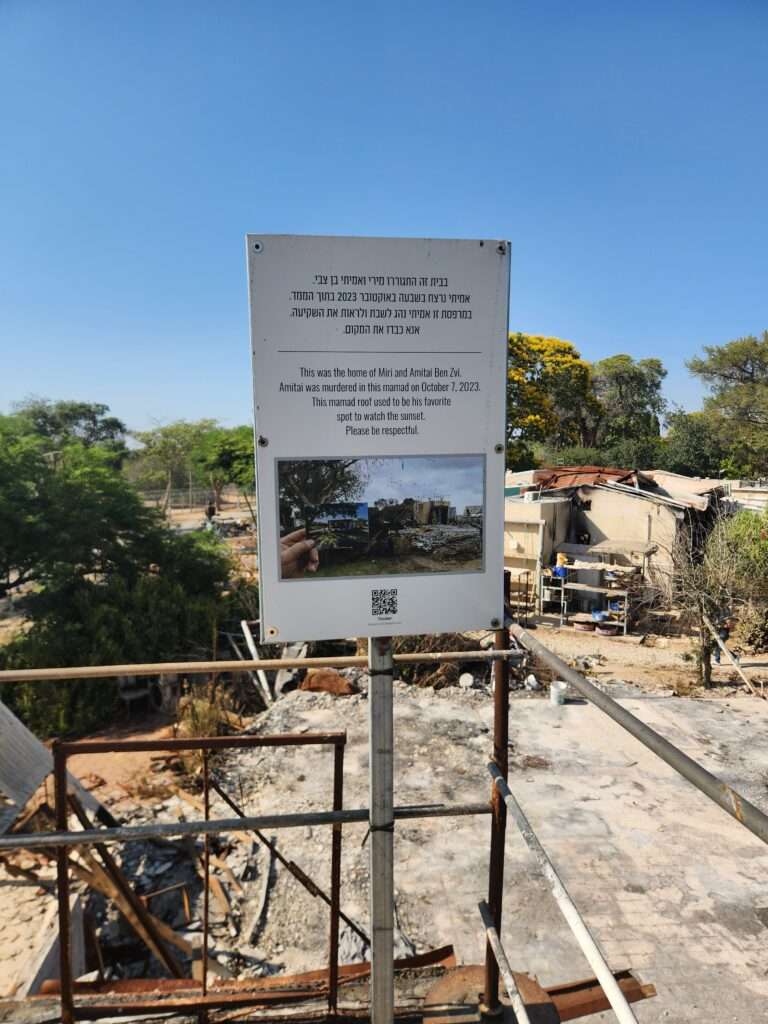
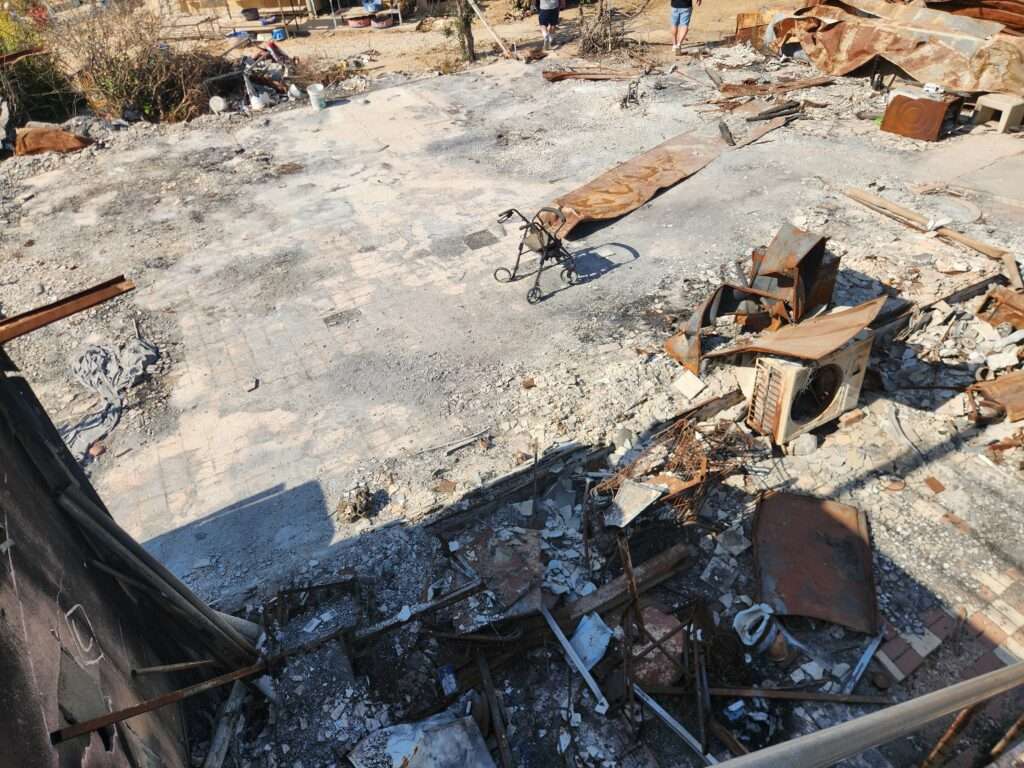
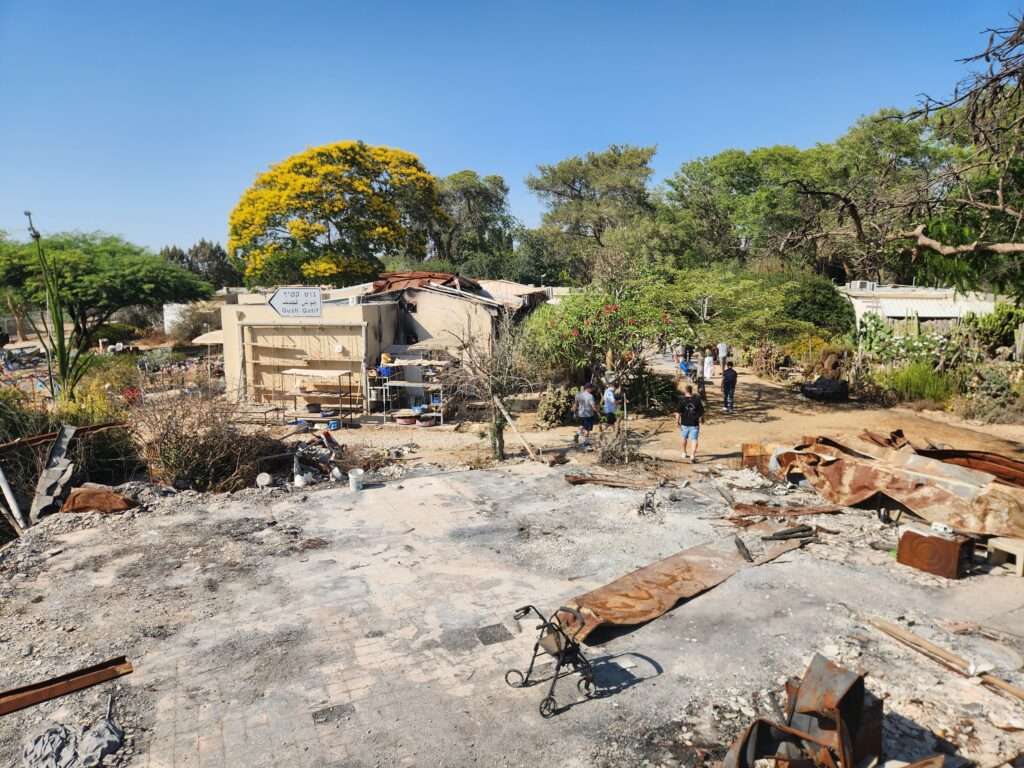

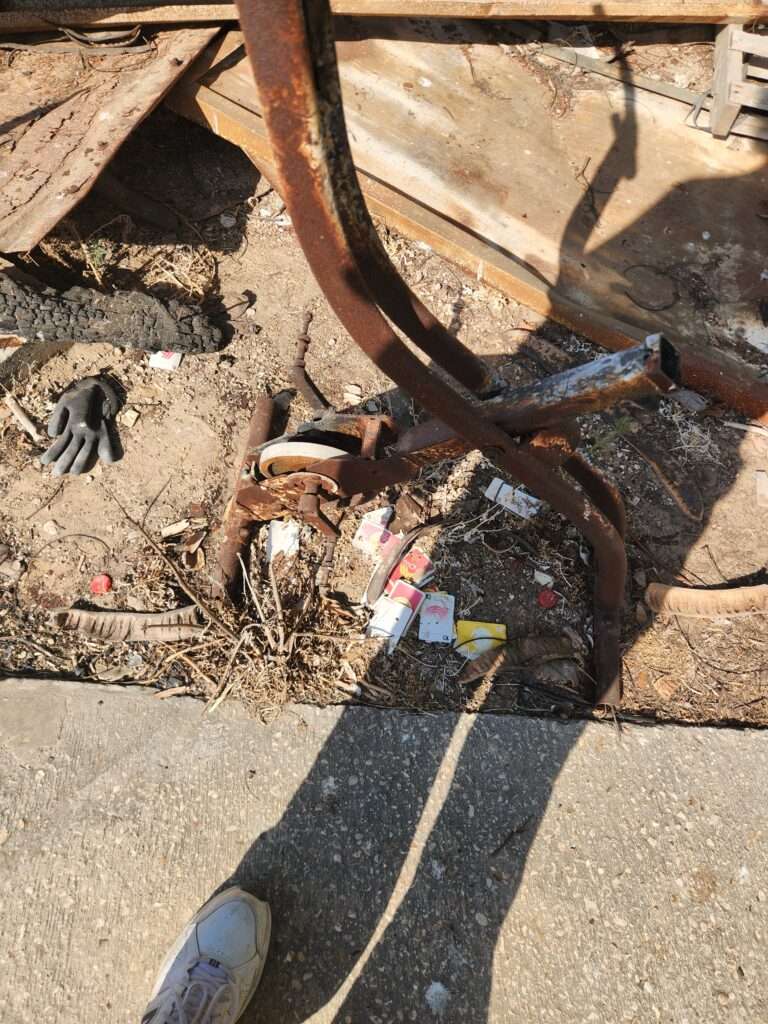
Even a month after the trip, I still have very mixed emotions. I was able to fly home, and take some time to reflect. The people of Israel live through this trauma every day of their lives.
The post Mission to Israel Part VIII: The Nir Oz Kibbutz appeared first on Reason.com.
